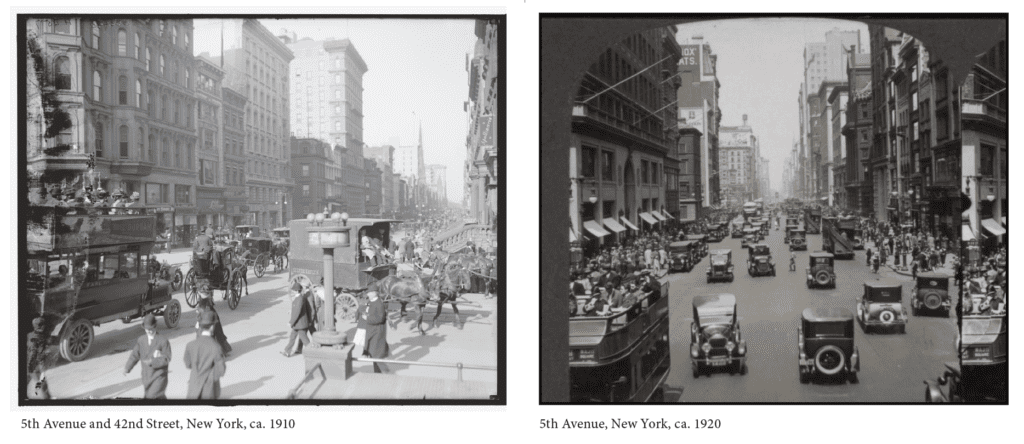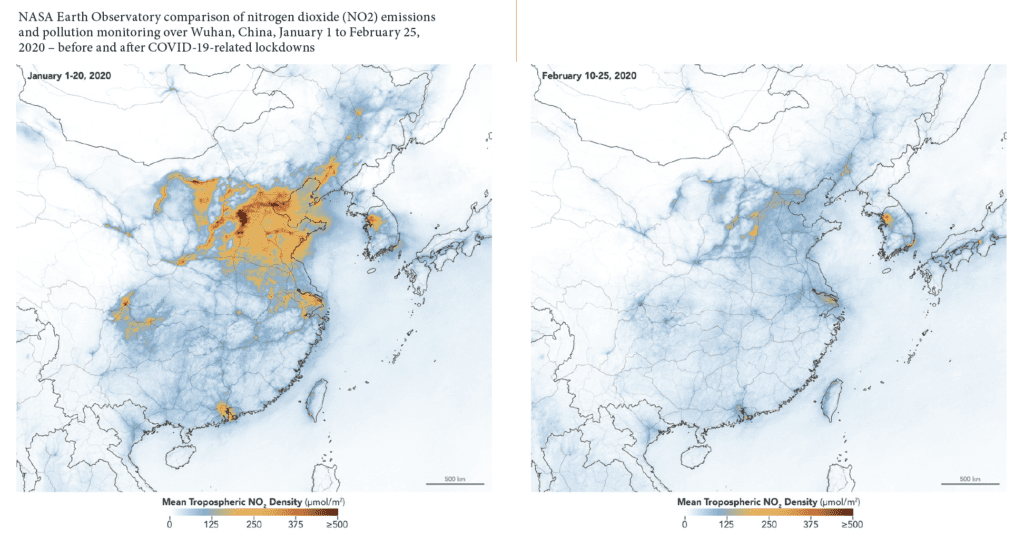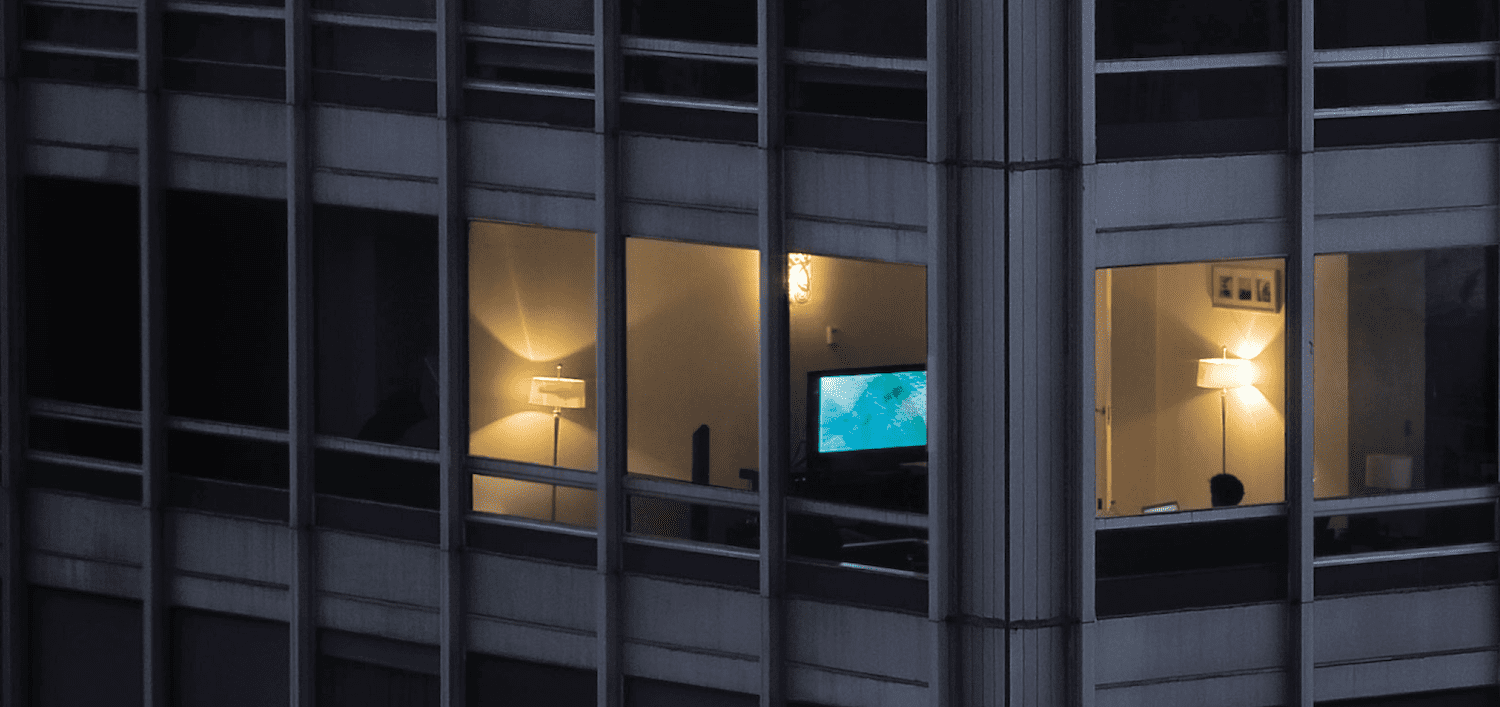THIS IS A GLOBAL PANDEMIC. WHAT DO WE DO NOW?
Governments, businesses, health organizations, and medical professionals are doing their best to protect and heal, and it has become abundantly clear that every sector and every person has an important part to play in this crisis. In the immediate term, real estate investors around the world are doing what needs to be done to protect their employees, tenants, and partners. Whether it’s helping employees adapt to working from home, finding ways to make buildings safe, or renegotiating a lease or debt agreement to adjust to a new economic reality, leaders in our industry are focused on getting through the white water rapids of this crisis, where every corner brings a new challenge, and staying afloat takes precedence over anything else.
But what happens after the immediate crisis passes?
Pandemics can dramatically change society, the economy, and governments–especially if they alter the way people have to live and work for longer than a few months. If that is the case with COVID-19, what will that change look like, and what should investors do about it? So far, the crisis has been unpredictable, as each day presents new challenges.
Is it even possible at this point to see farther into the future beyond the next 24 hours?
It might be. How the crisis itself plays out on a daily basis may be difficult to predict, but the changes that come after today may already be visible, if one knows where to look.
Consider the world before and after the 1918 flu pandemic (often referred to as the Spanish flu pandemic, even though there is no medical consensus to support its origins in Spain). As an example of how disruption accelerates change, it’s possible in an examination of 1918 to see how change was revealed, rather than initiated, by the crisis itself. During the crisis, life dramatically changed everyday life changed dramatically around the globe, ultimately leading to the loss of more than 50 million lives. Social distancing, the shuttering of restaurants and bars, limitations on travel, and fast improvisation of hospital beds and treatment centers were as familiar then as unfortunately they are today.
Once the danger of the pandemic ultimately passed in 1920, the world was very different–and fortunately it was not a world of permanent social distance and obsessive surface disinfection. Instead, the 1920’s were a time of tremendous economic growth, technological change, and quite a bit of social change at very close range throughout the world. The changes of the “Roaring Twenties” were dramatic–but not unforeseen.

Consider Manhattan after the pandemic. It was a very different place than before the flu struck. By the 1920’s, automobiles became the dominant force of the streets, rather than pedestrians or carts and carriages. Immigration from overseas and migration from rural areas drove an increase of urban density. (Manhattan’s resident population increased by more than a million people between 1920 and 1930) The city also saw more international capital flows, financial jobs, and increased sophistication in manufacturing activity than ever before in history. A young person in the 1920’s would barely recognize the world ten years earlier. Even clothing turned the page from nineteenth-century corsets and top hats, to a more streamlined twentieth-century look.
But those changes and many more were presaged by activity in the 1910’s. For example, New York’s population was already growing at a rate of one million per decade before the pandemic. And while the automobile become de rigueur in the 1920’s, Henry Ford started mass producing Model T’s in 1914. The social changes at the beginning of the decade accelerated the ubiquity of automobiles, and in the process, dramatically reshaped the flow of urban life. New York became a capital for global capital and trade in the 1920’s, but President Woodrow Wilson (elected in 1913) and others were already laying the foundation for those changes well before then with the League of Nations and global trade activities. Also, in 1914, Thomas J. Watson became the president of the Computing-Tabulating-Recording Company, which later became International Business Machines (IBM) in 1924. Watson reportedly claimed that freer international economic relations meant world peace, and that if goods did not cross borders, armies would.
Other new technologies developed before the pandemic, such as air transport, radio, and film, were also adopted broadly afterwards. Suffragettes fought passionately and valiantly for equal treatment in western democracies in the decades immediately before and after the turn of the century, then finally won the right to vote in the US in 1920. Social norms around gender were transformed in the 1920’s, and continue into today (albeit slowly and awkwardly, at times).
All the changes were in process for years before the pandemic. Like all crises, including wars or economic downturns, this kind of disruption forces individuals, businesses, and societies to re-evaluate everything. Behaviors and activities from the past can be examined and, in some cases, abandoned. Why continue with horse and carriage when cars are cheap and reliable? Why constrict movement with corsets? Why live the same way as in the past? Why not embrace the new ideas developed over the past few years, and abandon what doesn’t work anymore?
The resetting of life after a crisis reveals the future by removing the need to continue the ways of the past. So, as one considers today’s COVID-19 pandemic and its aftermath, it is helpful for investors to look carefully at the world as it used to be in the past (2019) to understand what may happen next by asking: What elements of our collective lives are people questioning now, and how might they abandon old behaviors for new?
In the last couple of months of this crisis, there has been a lot of discussion about the potential demise or fundamental redesign of urban density, international travel, infrastructure, supply chains, retail, co-working, and officing, but there may be cause to carefully consider any predictions. Certainly, working and living close together doesn’t make sense in the middle of a pandemic–but this will likely pass. Even if connecting in person is delayed for a year or more, people will congregate again–at least, that is what they have always done throughout recorded history. The question shouldn’t be, “what works today?” but “what will work after the crisis is over?” In the next decade, it’s not difficult to imagine a twenty-first century version of the Roaring Twenties.
So, what are the elements of our collective lives people are questioning? As white-collar workers are mostly working “virtually” from home through this crisis, many might be wondering exactly what they do in homes and offices, and if the requirement to travel hours a day to sit in an office every single day at the appointed time really necessary. As the world emerges from the crisis, it is possible that many will develop a different relationship with living and working spaces and find ways to do both within a smaller geographic area, or focus travel on the most productive uses. Those people used to traveling by plane every Monday morning might be asking, “Do I really need to do that every week?”

At the same time, technologies developed in recent years, whether it’s more efficient robotic manufacturing, renewable energy, or AI, present an opportunity to move away from carbon-intensive global supply chains and old forms of energy generation. Does a single pair of jeans need to be manufactured in 15 countries before it shows up in stores? The satellite pictures of China’s clear skies and views of the Himalayan mountains from the city of Jalandhar in India for the first time in decades certainly pose an important question for climate change: can part of the carbon burning problems related to an outmoded concepts of what people do and where they need to be every day? Can photos like these meaningfully change the world’s efforts to mitigate global warming?
With new manufacturing technology already developed in the last ten years, does the world really need or want such elaborate global supply chains? Does it make sense to build another coal-fired power plant when new batteries and solar panels can potentially provide better energy at a lower cost? In the last month, major cities around the world are experiencing the clearest skies they’ve seen in decades as the daily burning of fossil fuels in cars has been reduced by half. Does the world need to continue with the internal combustion engine at all? In the 1920’s, horses became a novelty while cars became the standard. Could the same kind of change happen for electric vehicles in the 2020’s?
There might be even more demand for flexible office space, designed primarily for meeting with other people in person or grabbing a desk between meetings that were developed in the last ten years. Sharing resources, either through co-working, co-living, and alternative hospitality schemes such as Airbnb could accelerate in the future. Manufacturing, storage, and logistics assets closer to the population centers of consumers could increase far beyond what has been seen so far. Alternative energy production may likely explode in growth as the unpredictable environmental, political, and economic costs of continued carbon-based energy sources far outstrip the benefits.
There’s no question that a photo of midtown Manhattan will look very different in January 2025 than it looked in January 2020, but in what ways? All the changes for that future photo have already begun to occur—many happening right in front of our eyes (while we often struggle to see them). The question investors need to ask today is, what old things will be cast aside after this period of crisis, and what new things should we begin to embrace?
—
ABOUT THE AUTHOR
Gunnar Branson is CEO of AFIRE.
THIS ARTICLE ORIGINALLY APPEARED IN SUMMIT (SPRING 2020)

—

